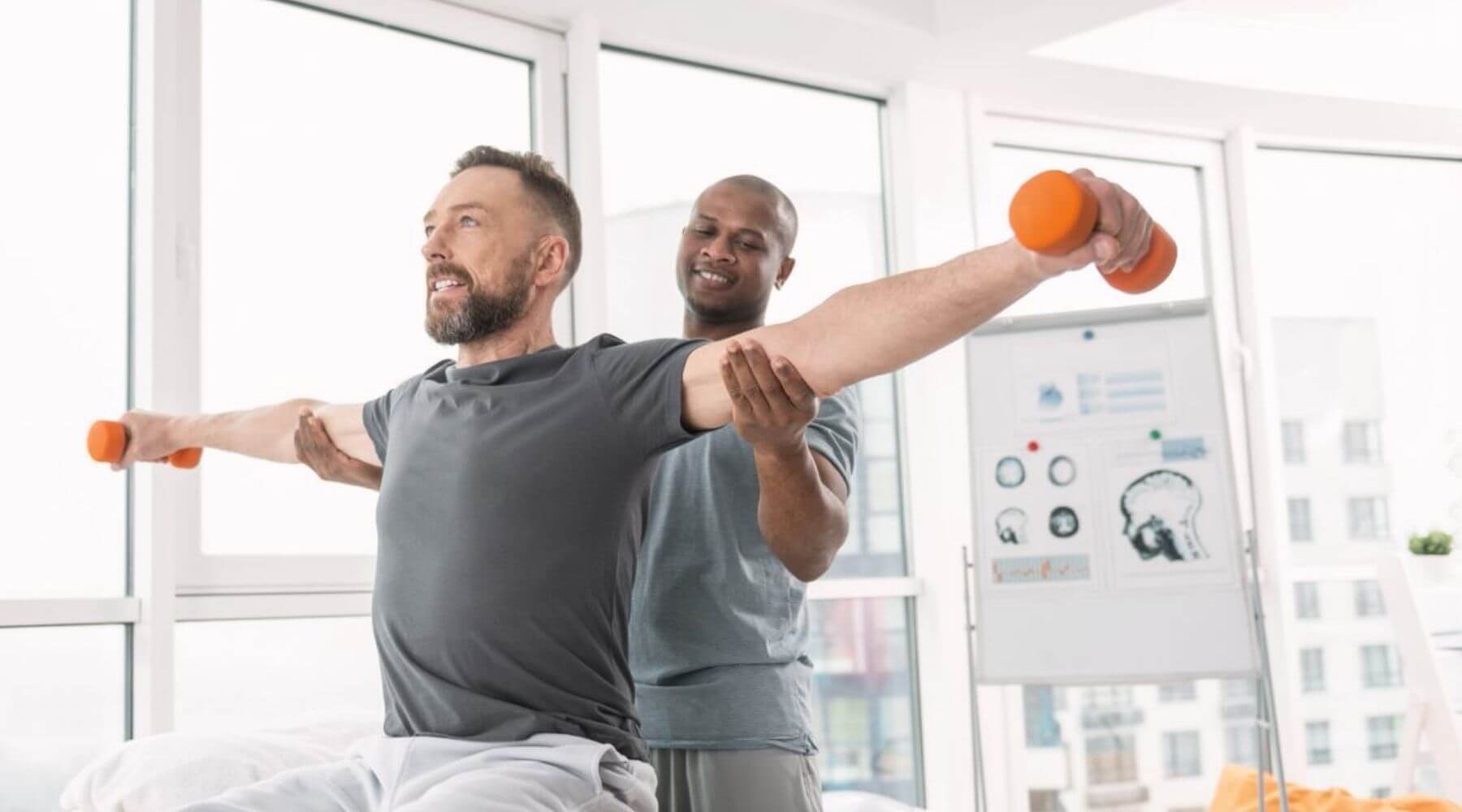Investigating the Impact of Hands-on Treatment Methods on Alleviating Muscle and Joint Pain and Enhancing Client Outcomes
Investigating the Impact of Hands-on Treatment Methods on Alleviating Muscle and Joint Pain and Enhancing Client Outcomes
Blog Article
Manual therapy techniques are manual methods used by healthcare professionals to address musculoskeletal discomfort. Such methods include various forms of adjustment and movement of the body’s muscle tissue and articulations. The goal of hands-on therapy is to relieve discomfort, enhance movement, and boost overall function. Numerous people experience muscle and joint discomfort due to injuries, poor posture, or conditions like joint inflammation. By applying hands-on treatment, therapists aim to address these issues and help clients regain their standard of life.
One common hands-on treatment technique is vertebral manipulation. This technique involves using controlled force to the spine to improve positioning and reduce discomfort. Studies has demonstrated that vertebral adjustment can be effective in managing lower back pain and neck pain. Another technique is gentle connective tissue manipulation, which focuses on relieving tension in the muscles and soft structures. This can help alleviate stiffness and improve flexibility, making it easier for clients to navigate without discomfort. Both methods can be customized to satisfy the specific needs of each patient, ensuring a custom method to care.
In addition to pain alleviation, manual treatment can improve patient results in various ways. For example, it can improve blood flow, which helps supply nutrients and nutrients to the injured areas of the body. Improved circulation can also promote healing and alleviate inflammation. Furthermore, hands-on treatment can help patients gain better physical consciousness, which is crucial for avoiding future injuries. By understanding how their physiques move, clients can make more knowledgeable decisions about their movements and posture, leading to long-term benefits.
The effectiveness of hands-on treatment is often supported by patient responses. Numerous patients report significant improvements in their discomfort intensity and overall performance after undergoing treatment. This favorable response can lead to increased motivation for clients to participate in rehabilitative activity and recovery programs. When clients feel improved, they are much likely to engage in their recovery journey, which can further enhance their results. This cooperative method between the provider and the client is crucial for attaining enduring outcomes.
In summary, manual therapy methods play a critical role in relieving musculoskeletal pain and enhancing client results. By applying methods such as vertebral adjustment and gentle tissue mobilization, healthcare providers can help patients recover mobility and reduce pain. The benefits of manual therapy extend further than instant pain relief, as it also encourages healing and encourages clients to take an proactive role in their recovery. As an increasing number of people look for efficient treatments for musculoskeletal issues, manual therapy continues to be an essential option in these details the field of healthcare.